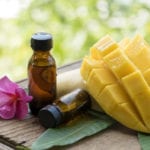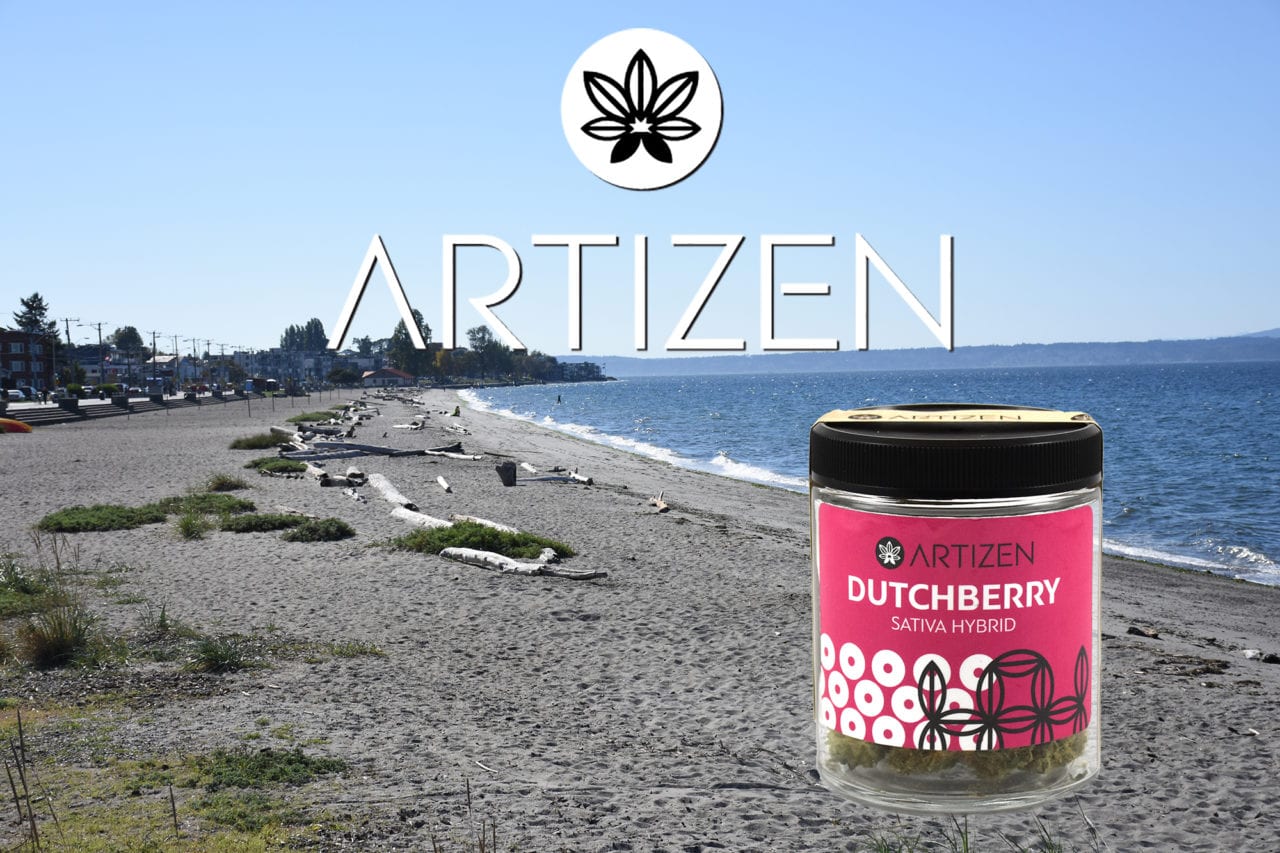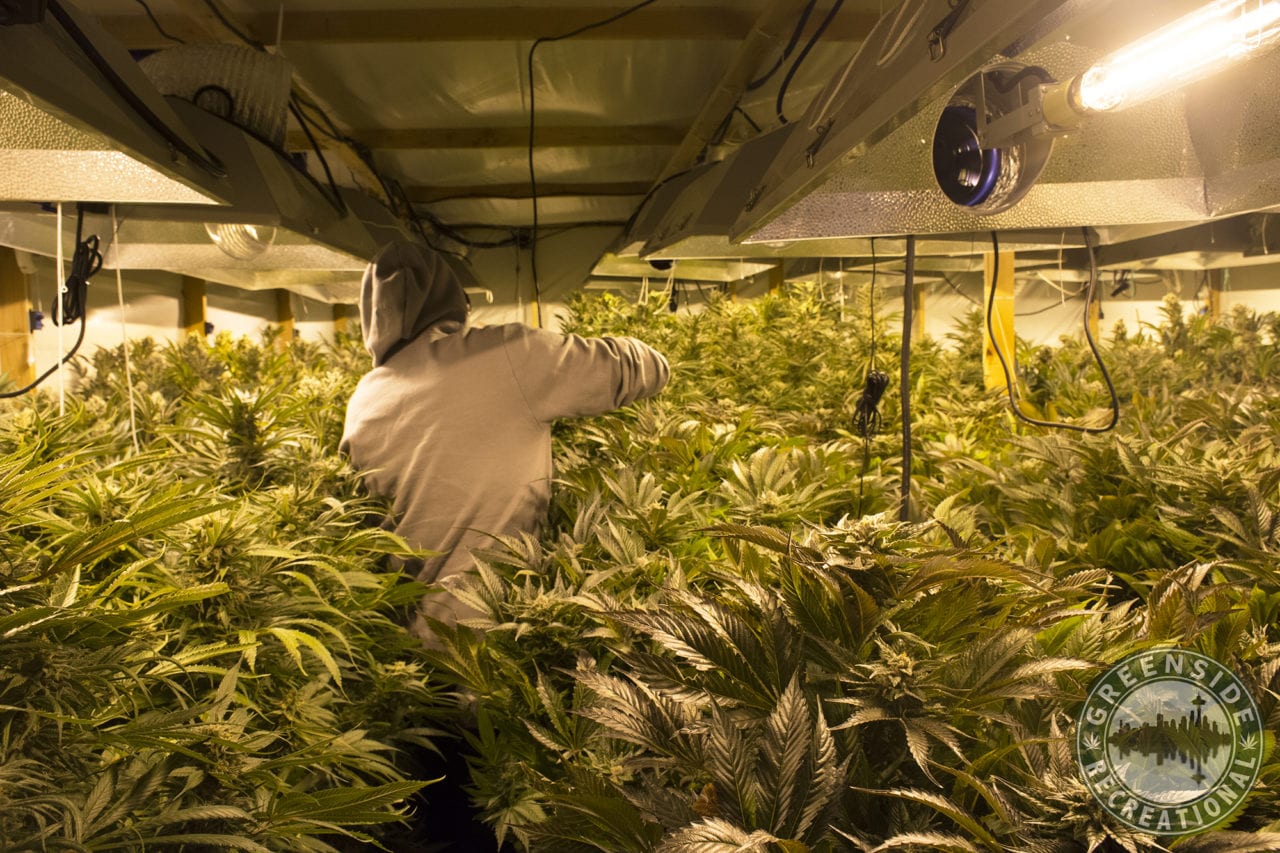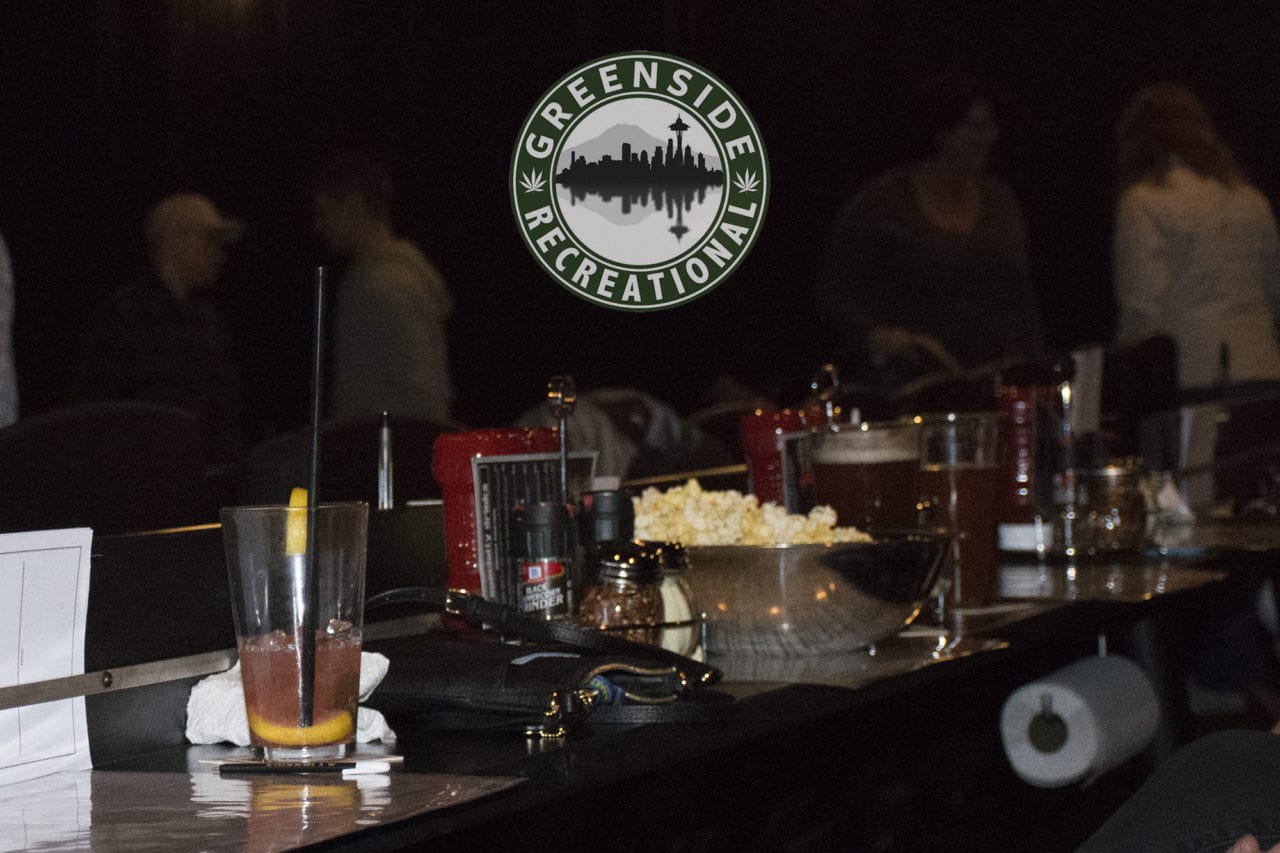While flower is still by far the most popular cannabis product, customers are venturing out into other time-honored forms of cannabis consumption. Edibles and pre-roll joints are considered staples of dispensary inventories, but the use of concentrates, otherwise known as dabs, are becoming increasingly popular as the industry develops.
Cannabis flower can be extremely potent. Likewise, edibles are known to instigate a more powerful high than smoking cannabis. But what about concentrates? What is dabbing, and what are its benefits? Here is everything you need to know about the consumption of cannabis concentrates.
What is Dabbing?
Concentrates have been consumed in a wide variety of manners across the centuries of human interaction with cannabis. However, the modern process of dabbing is more complicated than simply compressing cannabis oil into hash. It often involves equipment, known as a dabbing rig, and the dabs themselves are created by extracting THC through the use of solvents such as carbon dioxide and, more commonly, butane. Dabs are superheated on a tip of metal using a torch, and the resulting smoke is extremely potent.
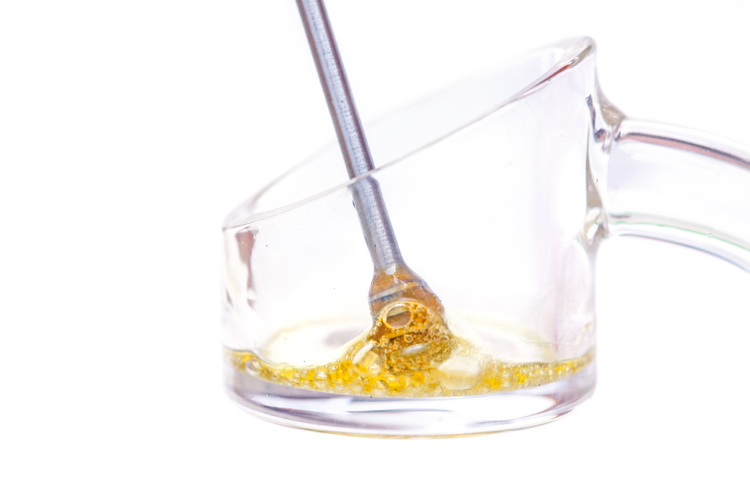
There are multiple types of material we commonly think of as a “dab”, with different names depending on their unique consistencies. Wax is perhaps the most prevalent type of concentrate used in dabbing and refers to a sticky, viscous substance that easily sticks to the fingers. Shatter refers to dabs that take on a glassy texture and break apart easily, while budder is reminiscent of its name, adopting a peanut-butter-like consistency.
What You Need to Dab
As previously mentioned, dabbing can involve complex equipment depending on the scale of your intended purchase. While some dabbing rigs are relatively simple and cheap, higher-end equipment can be expensive and require extra set up.
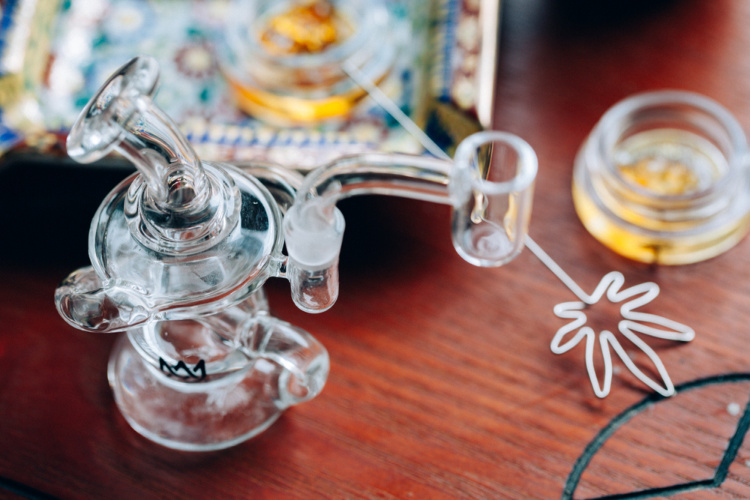
Dabbing rigs can often be compared to typical water pipes. However, dabbing rigs include multiple components that bongs do not feature. Rigs often include a nail, which holds the dab; a dabbing wand, which is used to coat the nail; and require the use of a torch, although some higher quality rigs may feature a built-in source of heat.
While the type of material you use in dabbing is not too important, different consistencies can create slightly different experiences. Experimenting with wax, shatter, and budder can be lucrative in determining what type of dab works best for you.
Best Practices for Dabbing
When dabbing, it’s important to keep in mind that the high you can get from a dab can be much more intense than a typical cannabis high. Dabbing should be undertaken mostly by experienced cannabis consumers, although some patients with chronic or severe conditions can utilize it for its enhanced pain-relieving effects.
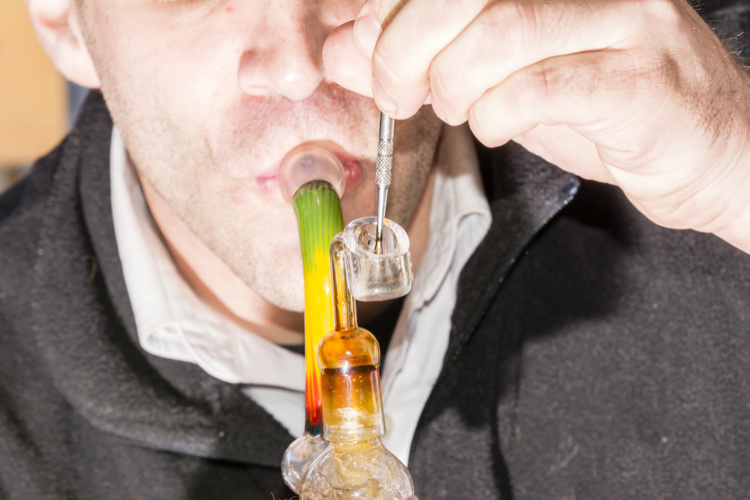
Similar to the consumption of edibles, dabbing should be approached from a standpoint of caution. An individual can always ingest more THC, but ingesting less is never an option. To avoid a bad experience, go slow with your hits and wait a few minutes or more for effects to settle in before taking another.
It can also be helpful to stock up beforehand on the necessary preparations to make your dabbing endeavor a success. Keep cold water and snacks close at hand and create a comfortable setting in which to experience your high.
Looking to get started with dabbing? Stop by your favorite Greenside Rec location for more info!

